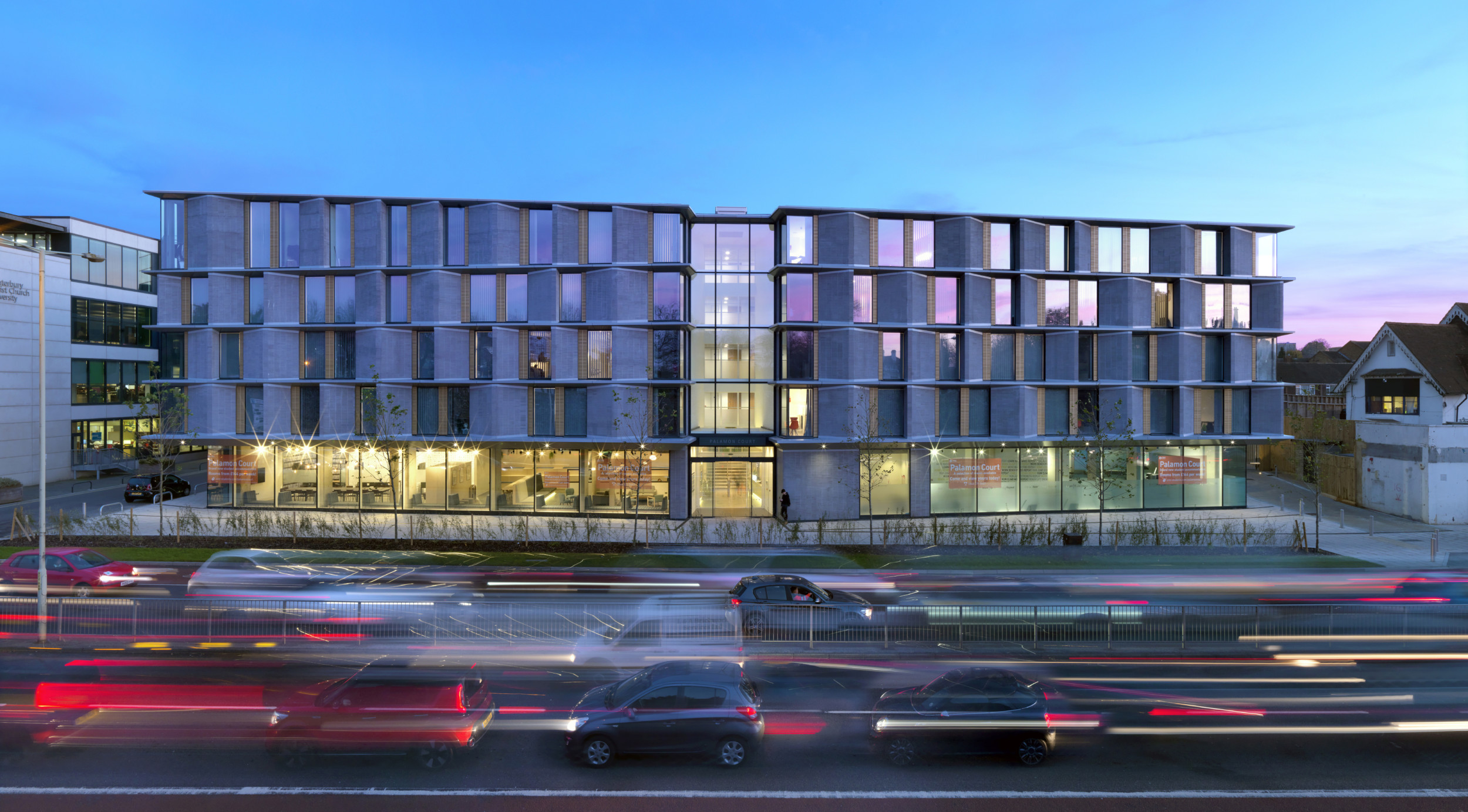
Hollaway Studio is an architectural and interior design practice near Canterbury that embraces the past, the present, and the future and places people and feeling at the core of its architecture philosophy.
Kent is our home. We have designed and built many projects in Canterbury over the years including Palamon Court, Slatters Hotel and the Crit Building at University of Kent. We create ambitious designs that reflect the surroundings focused on how people use spaces and flow through a building. Working closely with our clients, our team of architects and interior designers realise your brief and aspirations to create a successful and memorable guest experience.
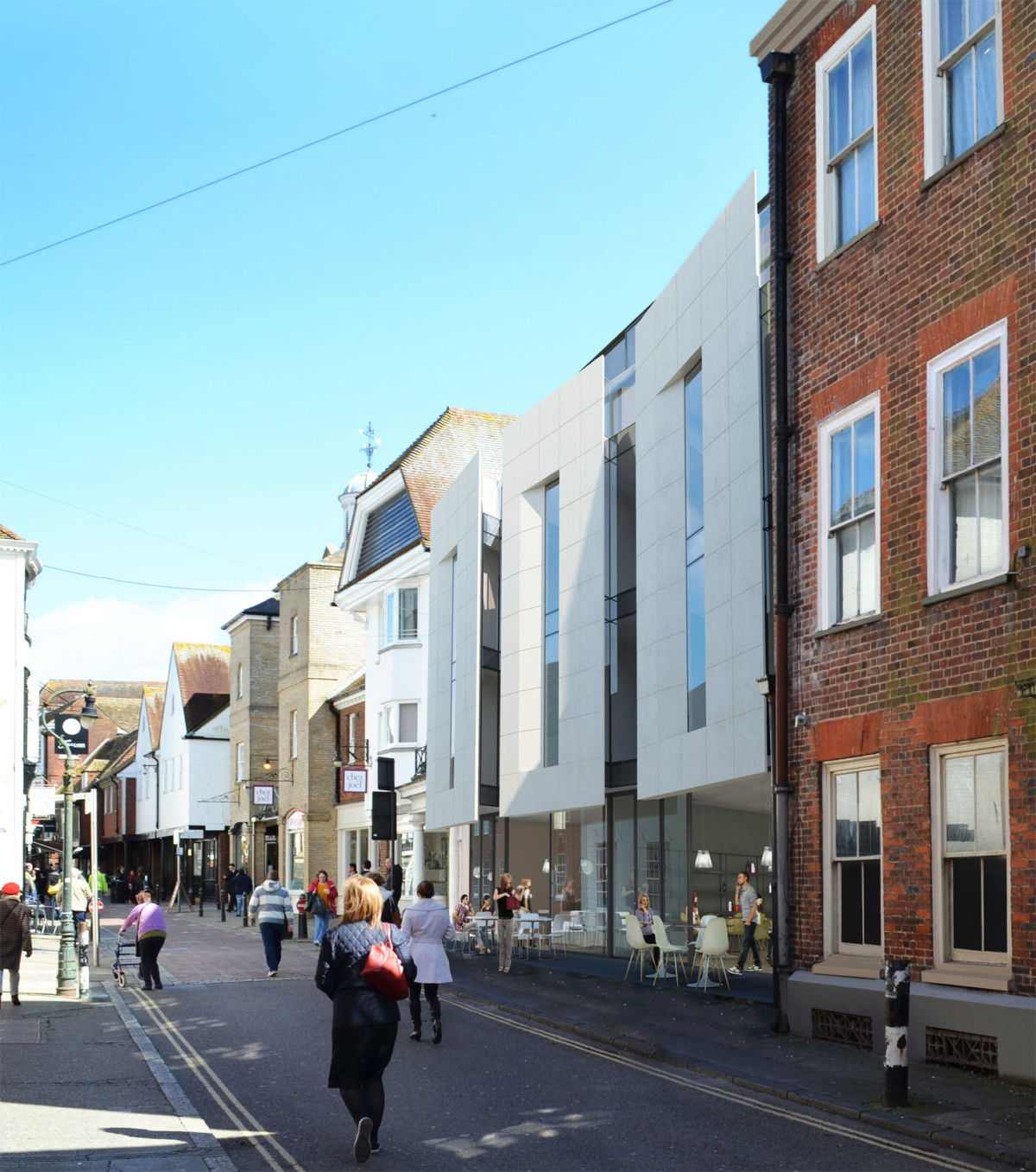
Design begins with feeling – for place, for the past, for the needs and wants of the now, and for a future that matters. It listens. It empathises. It’s pragmatic. It’s an understanding that informs everything we do. It makes buildings that work – truly, beautifully. This is how we approach all architecture and design projects.
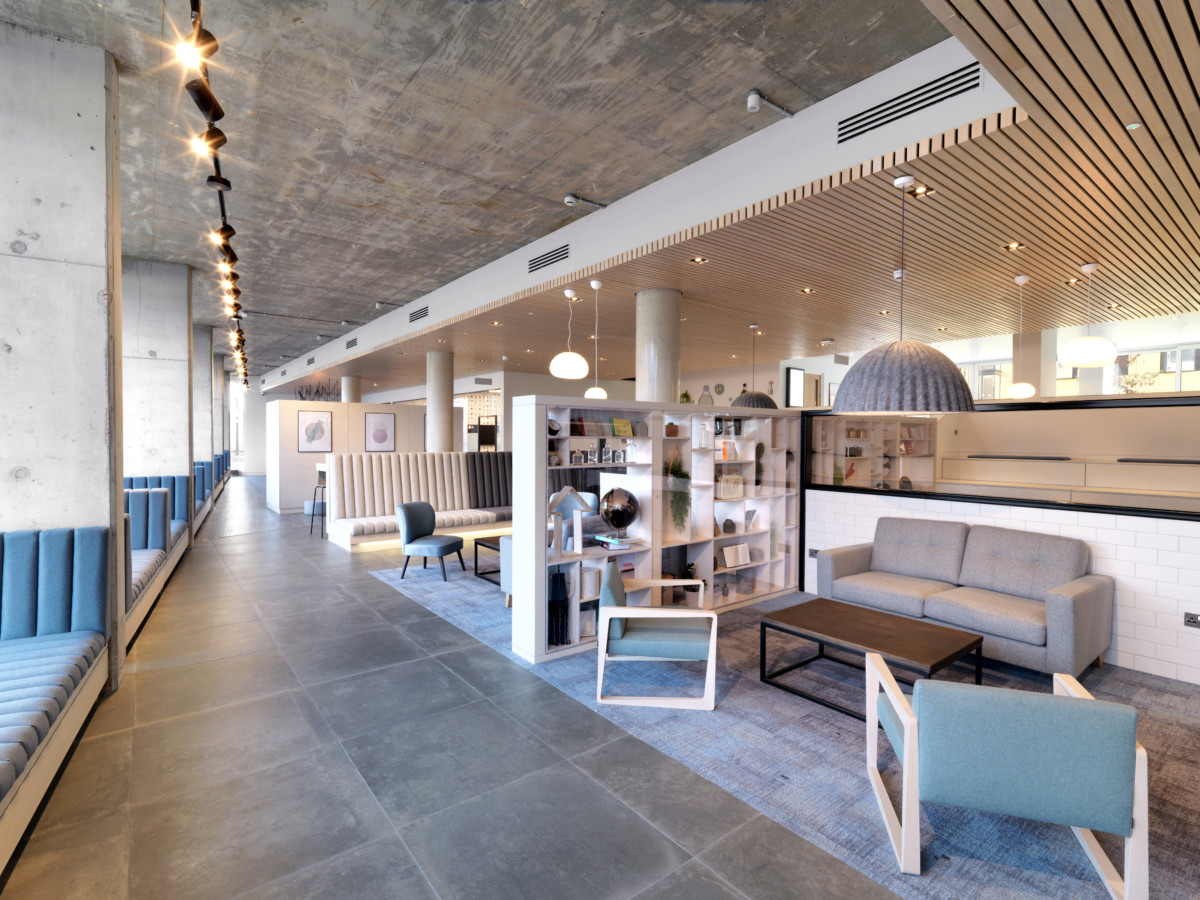
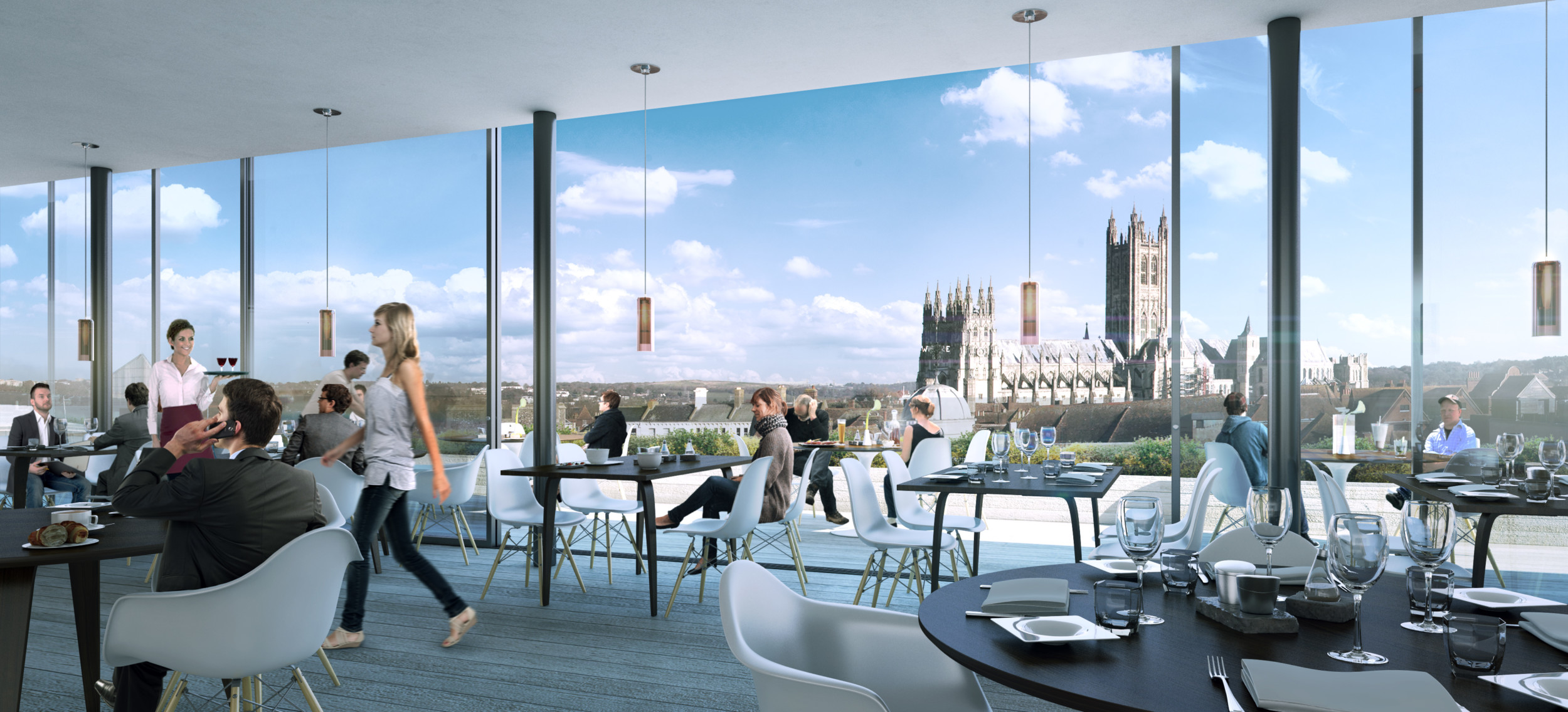
An architecture and design practice is nothing without its people, and the very best practices are those in which everyone has a voice – however different it may be. We are extremely fortunate Hollaway is exactly this: an extraordinary bunch of thinkers, talkers, and doers. These are the people that get buildings made.
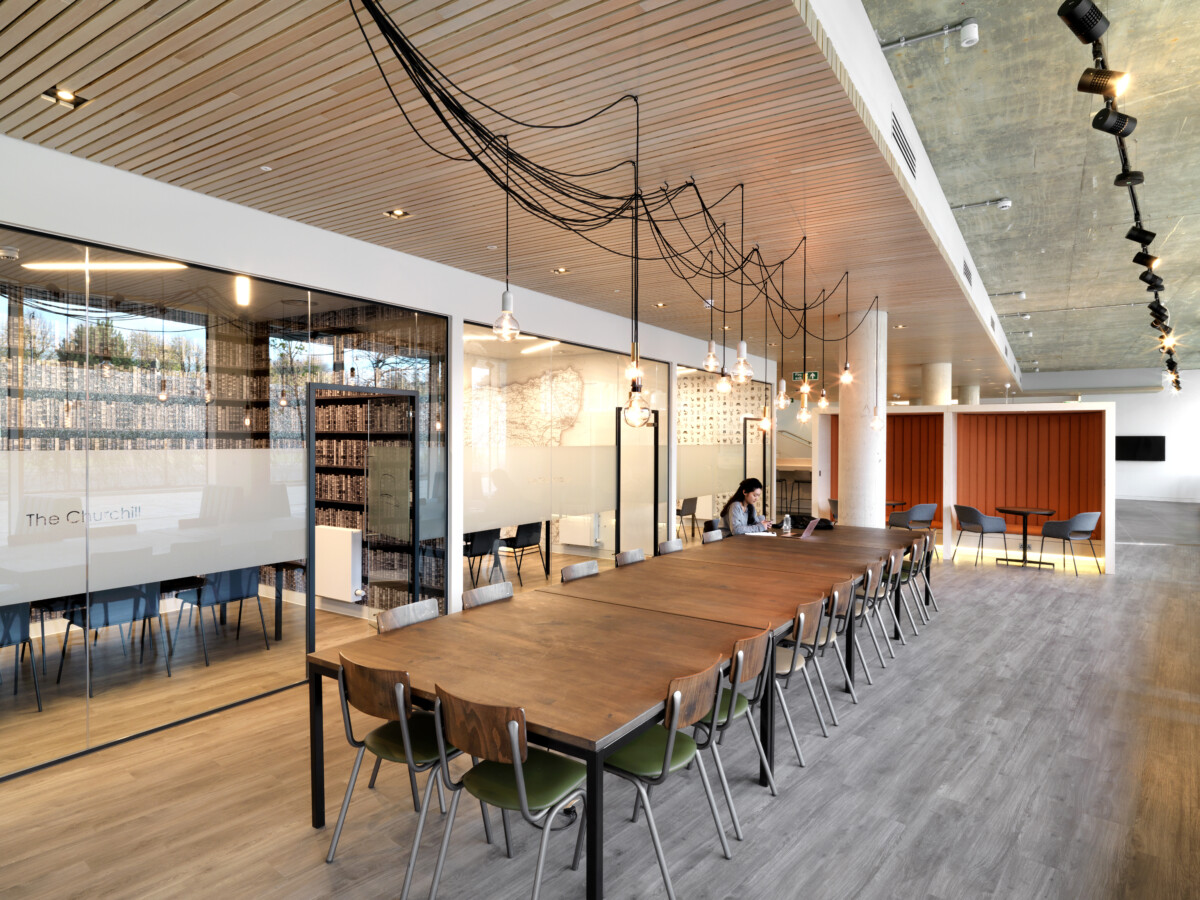
Like many renowned university towns, Canterbury is a victim of its own success, the result a significant city-wide rise in houses with multiple occupation (HMOs). With space for 540 students, Palamon Court does exactly this: set around a classic courtyard, it’s so beautifully designed – a great choice of room types, shared spaces, and amenities – as to serve as base for one’s entire university career.
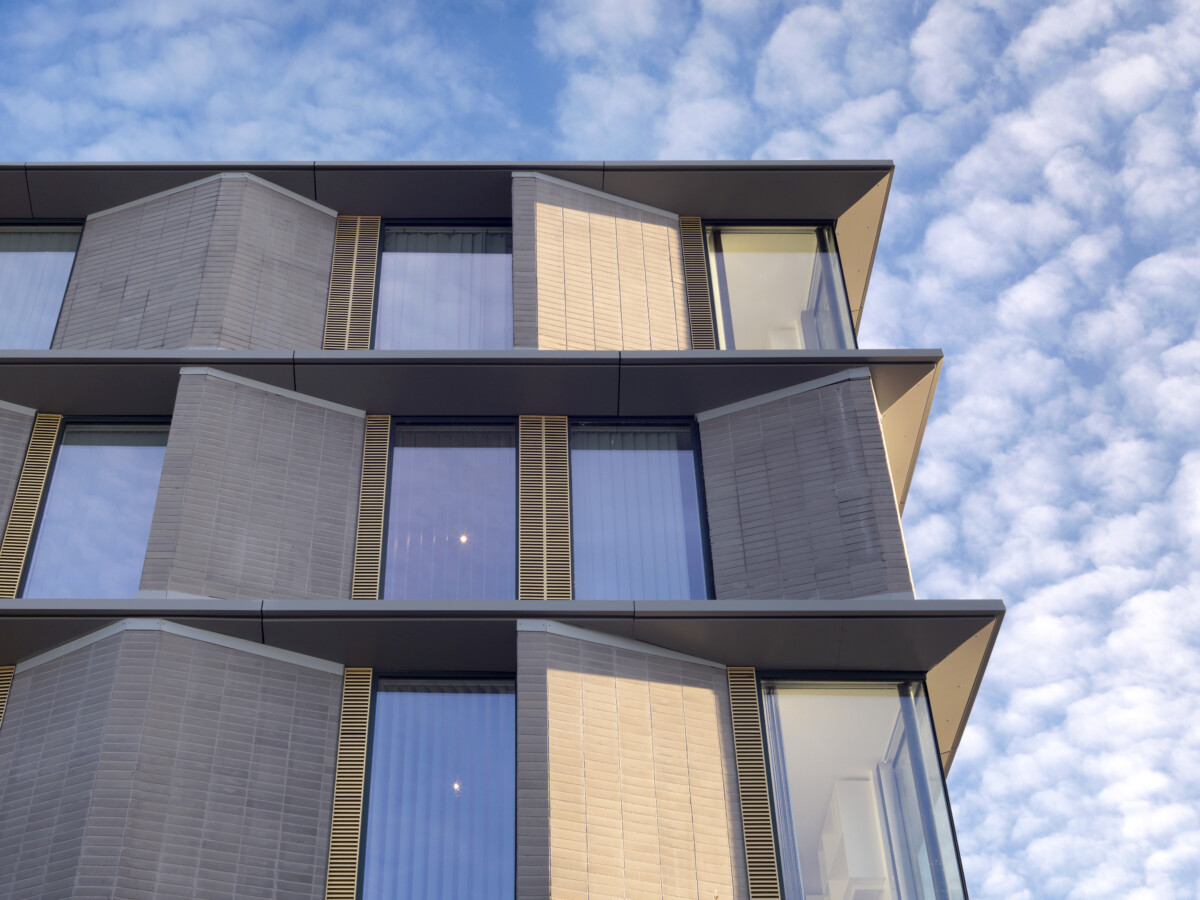
Hollaway’s approach to architecture and design always starts with people and place. How does a building contribute to the community it will inhabit? How will people interact and engage with the architecture created in this space? Under his leadership and hands on approach Guy Hollaway has created a design-led Practice committed to innovative building solutions, with work ranging from prestigious one off commissions to large scale regeneration projects.
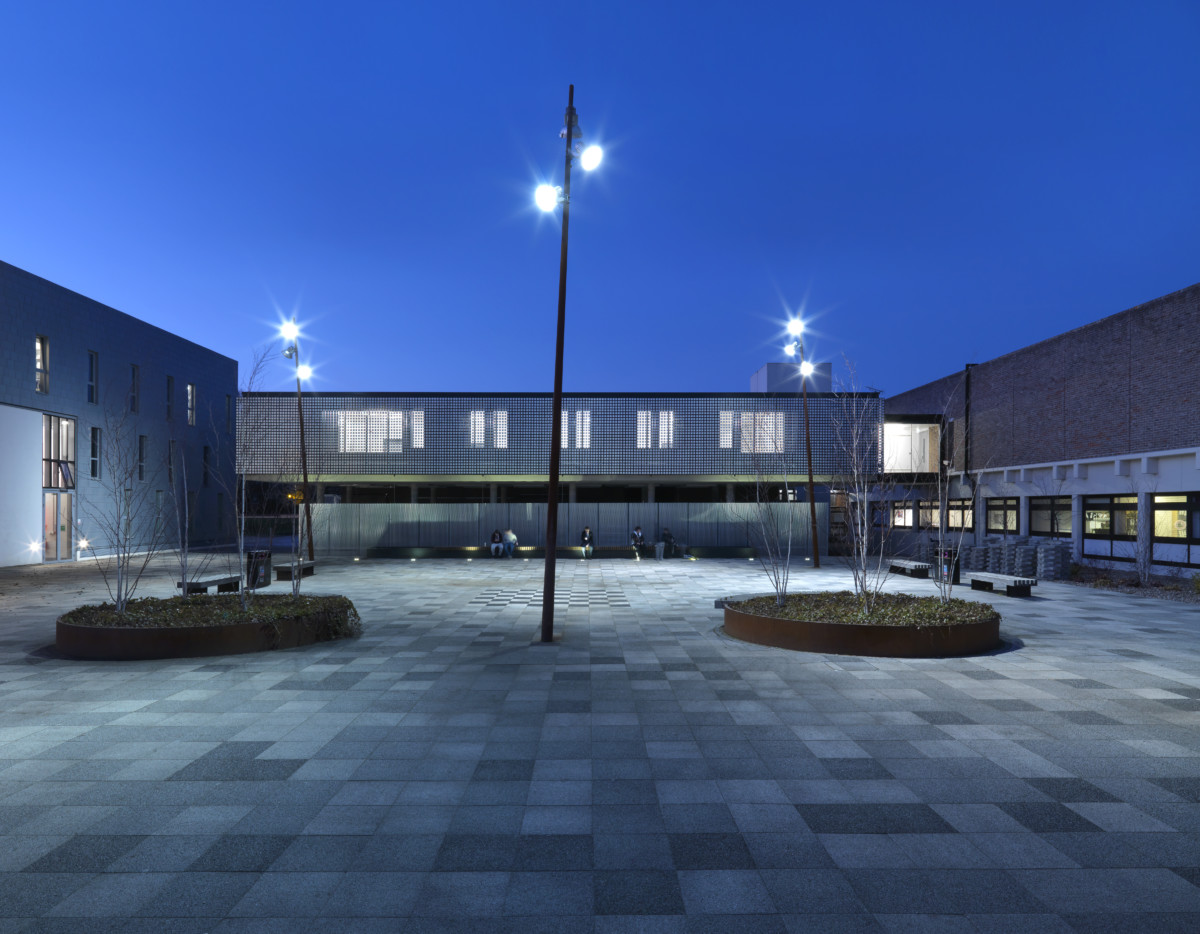
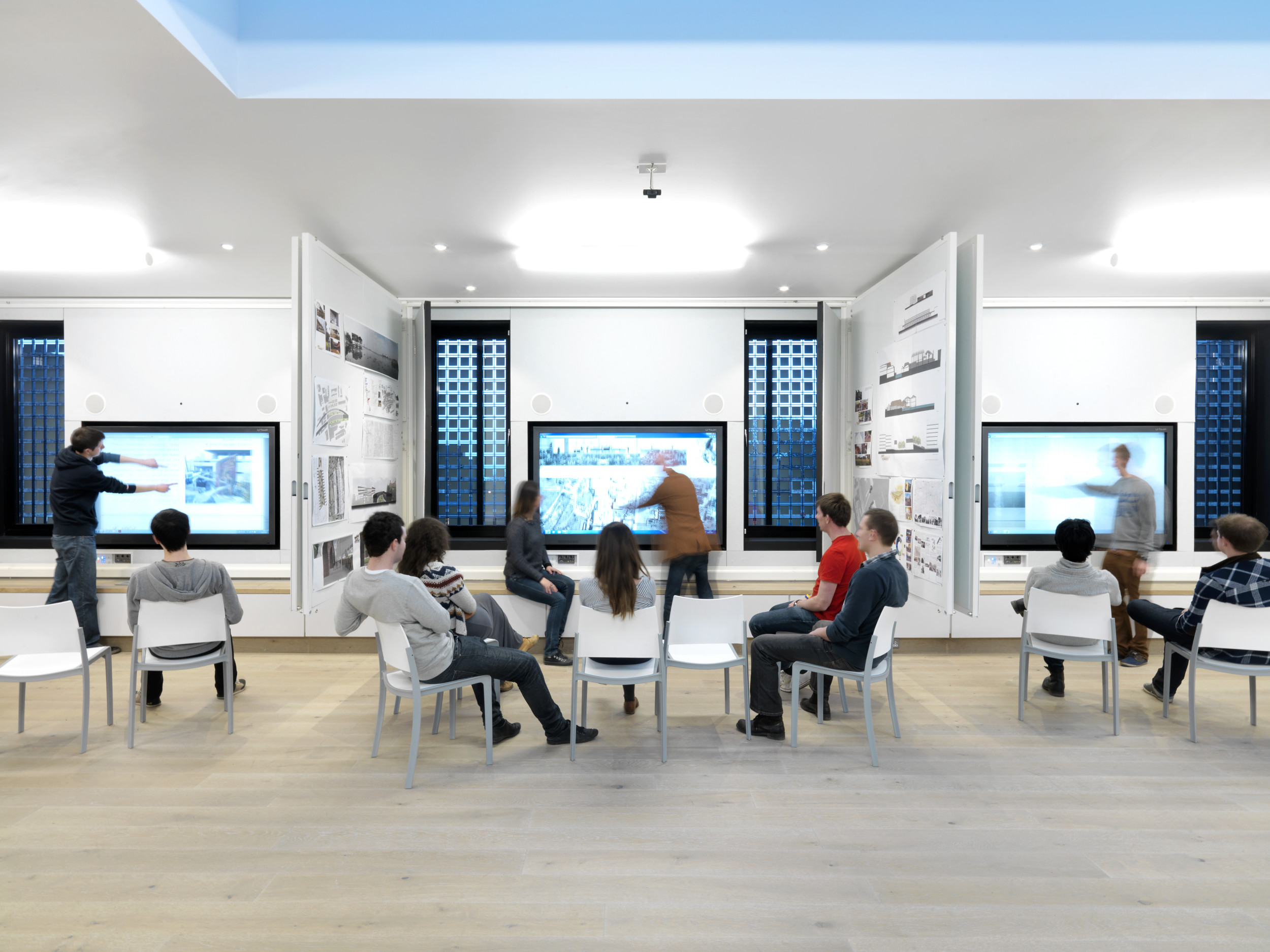
The RIBA award-winning architecture and design practice near Canterbury has built its reputation working on a wide array of projects, including a cutting-edge skate park, the world’s first heritage theme park, a bespoke artist’s studio in an open field, and a high-end seafood restaurant. The breadth of these projects may be wide, but each one brings the perfect balance of playfulness and sincerity, with a firm focus on placemaking, sustainability and the experience of the individuals who will use the space.

London
10A Acton Street WC1X 9NG
+44 (0)20 7096 5425
Kent
The Tramway Stables, Rampart Road
Hythe CT21 5BG
+44 (0)1303 260 515
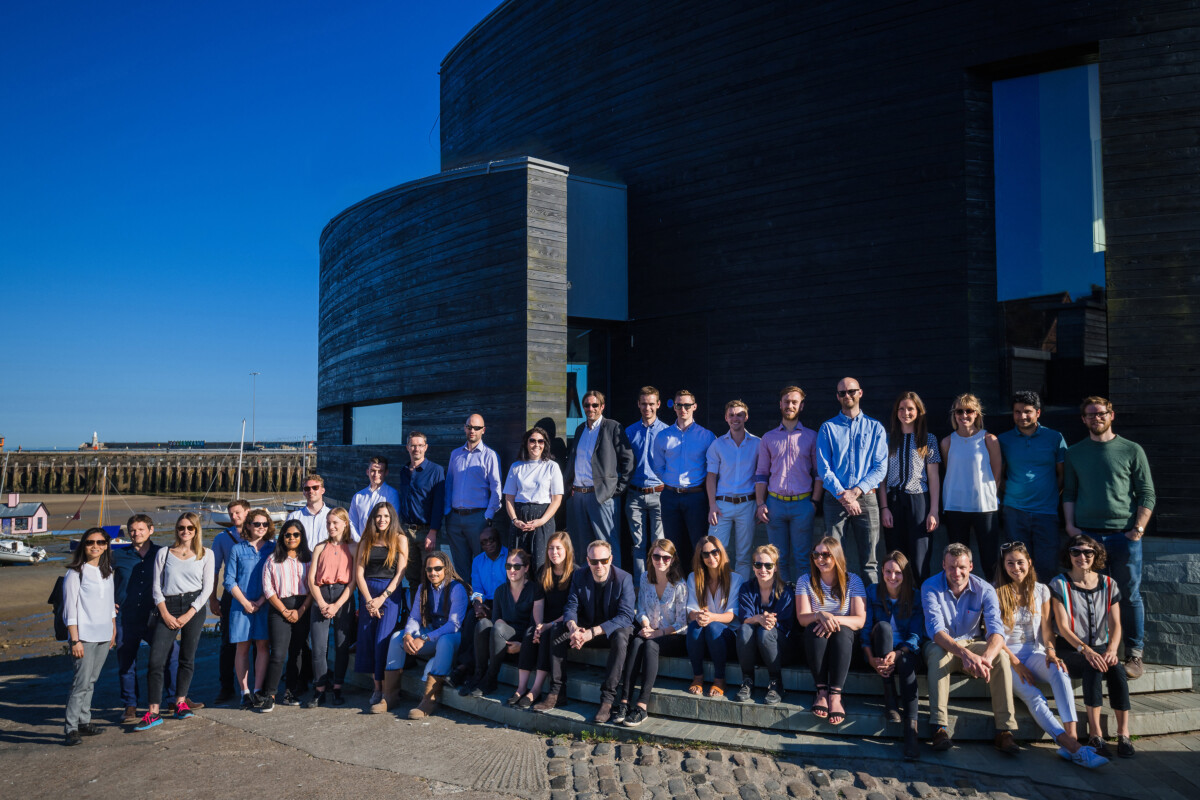
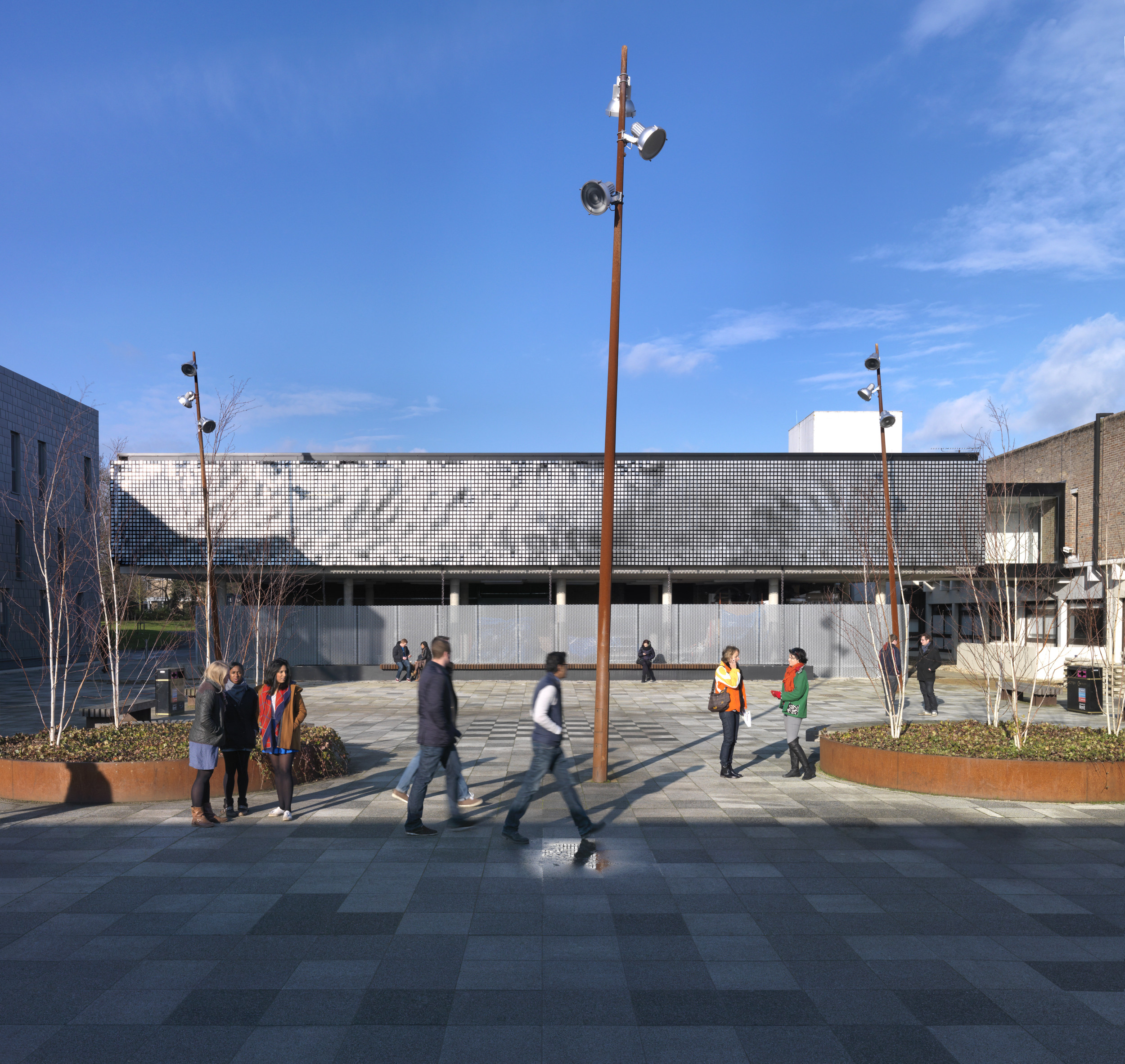
The Architecture of Canterbury Cathedral
Seen as one of the leading locations driving spiritual thought in the UK, and as the high seat of the Church of England for over 500 years, Canterbury Cathedral in Canterbury, Kent, plays a complex and fascinating role in the history of England, the United Kingdom, and the tradition of British Christendom. It has also been one of the most fascinating architectural attractions of the country, due to the many renovations and extensions that it has seen over the years, growing a relatively modest cathedral into one of the most impressive spiritual buildings found in the UK.
Origins of Canterbury Cathedral
Originally, Canterbury Cathedral was built as a Norman church. However, even before the creation of the first cathedral, there were a series of Anglo-Saxon churches and religious structures built on the spot, with construction originally started by St Augustine, the first Archbishop of Canterbury. Since then, the Cathedral has been adapted and grown by a series of projects throughout the years, until finally it was completed in the Tudor Era.
Even before the creation of what is known as Canterbury Cathedral, the site that it was built on has long served as an important religious site. It was one of the first churches to be built in England following the conversion of King Aethelbert to Christianity. It was even given the status of Cathedral by the Pope, making it the first episcopal seat in all of England. Since then, the cathedral has been destroyed by the Viking Invasions before the late 10th century, as well as during the Danish attack of 1013 and after the Norman conquest of 1066, when it was ravaged by fire.
The Normans and French Style
The Cathedral is constructed mainly from Caen stone, which is a light yellow limestone that was quarried near the city of Caen in north-western France. This stone was the primary material used by Norman builders, often imported to be used even when local British stone was more available. Since Norman builders originally came from Normandy in the North of France, they were more familiar with this stone, which made it easier and more cost-effective to work with. This period of construction began in 1067 after the original buildings were lost to fire.
The Norman sections of Canterbury Cathedral stand out as a prime example of the Romanesque style, including a broad and short square main tower with a steeple holding up a golden angel. Other aspects of the Romanesque style are represented in the blind arches and more rough services.
The Gothic Style
Canterbury Cathedral is a building of two distinct architectural styles working together. The first is the Romanesque style as described above. However, in 1174, the Cathedral was almost lost entirely by another fire, and extensive repairs and renovations were needed. This project was undertaken by William of Sens, a French architect who was already quite well studied in the Gothic style of building, which was already becoming the dominant force in France.
As such, this is when the Cathedral started to take on much more Gothic characteristics, especially in the western side with its pointed arches and pinnacles. The building was redesigned to incorporate a double-cross plan and three naves up to a total length of 168 meters. This period of construction is still most visible in that it’s the only part of the church where the original stained glass windows are preserved, having survived both the destruction during the Anglican reforms and the bombings of World War II.
The building has been expanded upon again and again, leading to the existence of the building as it is. However, most expansions have followed upon the Gothic style established by William of Sens. After all, Canterbury Cathedral was the first major building in the Gothic style in England. Gothic architecture became much more widespread throughout the country, to the point that it’s considered to be a quintessentially English style.
Indeed, some would consider the west side of the Cathedral, the Gothic side, to the “English” side, while calling the east side, the Romanesque side, the “French” side. This is even despite the fact that the architects behind both styles were French, using French stone, and design techniques they learned in France.
A building that reflects English history
Aside from being the site of a range of important English events, such as the murder of Archbishop Thomas Becket, and being the inspiration of the Canterbury Tales, Canterbury Cathedral is a building that reflects English history through its very architecture. As such, it is well-deserving of its place as a UNESCO World Heritage Site, alongside the standing sections of St. Augustine’s Abbey and St. Martin’s Church.